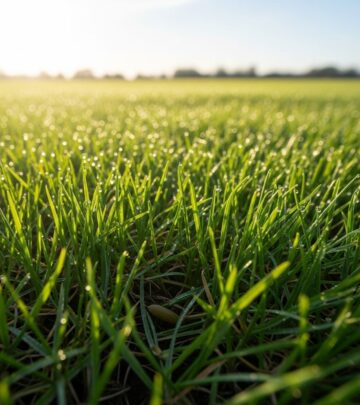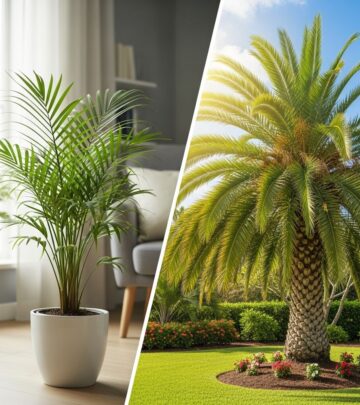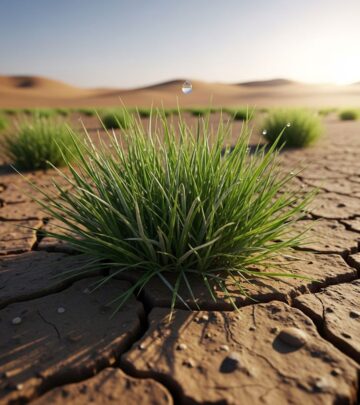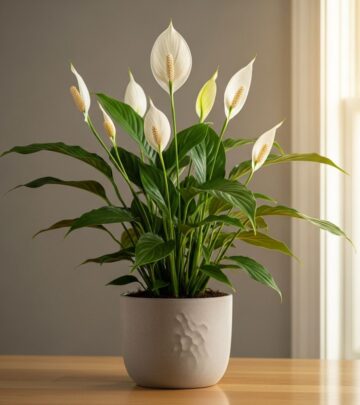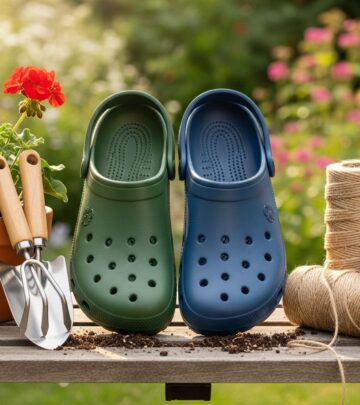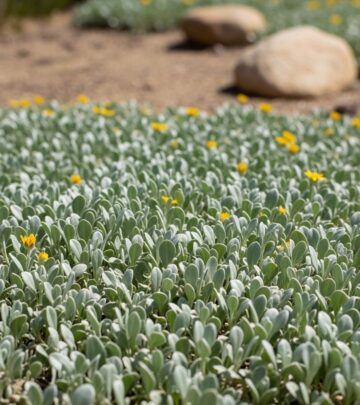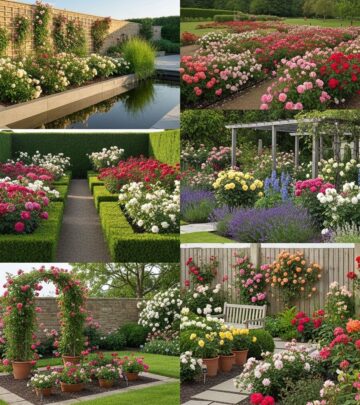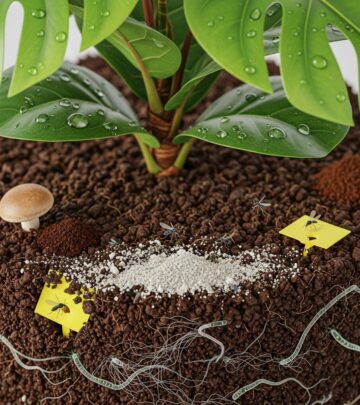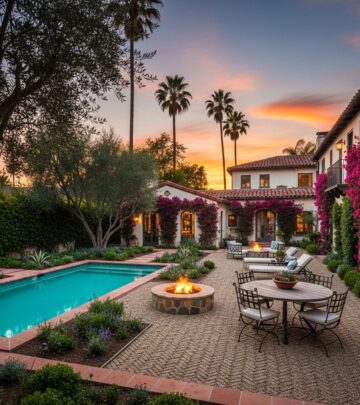Best Trees For Garden: 17 Top Picks For Every Style
Transform your outdoor space with the perfect trees for structure, beauty, and environmental benefits
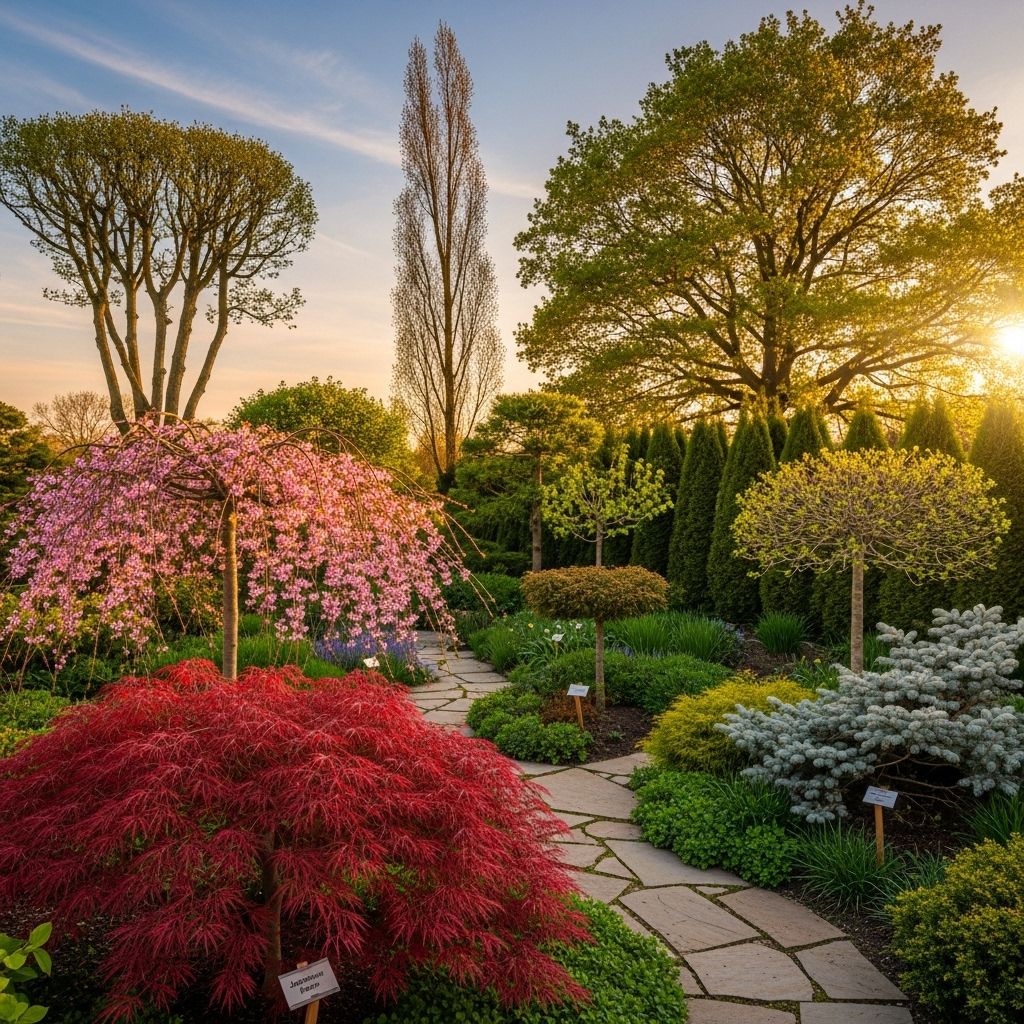
Image: HearthJunction Design Team
The Art and Science of Garden Trees
Trees are the backbone of any garden landscape, providing structure, shade, beauty, and countless environmental benefits. Whether you’re designing a new garden from scratch or enhancing an existing landscape, choosing the right trees can transform your outdoor space into a stunning, functional retreat that evolves beautifully through the seasons.
As permanent fixtures in the landscape, trees require thoughtful selection and placement. The right tree in the right location creates a focal point that defines your garden’s character, while poor choices can lead to maintenance headaches and potential property damage. This comprehensive guide will help you navigate the wonderful world of garden trees, from selection criteria to design principles and popular varieties for different garden styles.
Why Trees Matter in Garden Design
Trees play multiple vital roles in garden design beyond mere aesthetics. They provide architectural structure and vertical dimension to your landscape, creating layers that add visual interest and depth. Throughout the year, trees offer changing displays—spring blossoms, summer shade, autumn color, and winter silhouettes—that keep your garden engaging in all seasons.
Beyond their ornamental value, trees deliver practical benefits including:
- Creating privacy screens and windbreaks
- Providing cooling shade that can reduce energy costs
- Improving air quality by absorbing carbon dioxide and releasing oxygen
- Supporting wildlife with food and shelter
- Reducing noise pollution from nearby streets
- Preventing soil erosion with extensive root systems
- Increasing property values with mature, well-placed specimens
Selecting the Right Trees for Your Garden
Choosing appropriate trees for your landscape requires careful consideration of several factors to ensure they will thrive in your specific conditions and fulfill your design goals.
Climate Considerations
Begin your selection process by identifying trees that are well-adapted to your climate zone. Trees that are naturally suited to your region’s temperature ranges, rainfall patterns, and seasonal changes will require less maintenance and have a better chance of long-term success. Native trees are often excellent choices as they’ve evolved to thrive in local conditions and generally support more wildlife than exotic species.
Site Analysis
Before selecting any trees, conduct a thorough site analysis to understand your garden’s specific growing conditions:
- Sun exposure: Map the sunny and shady areas of your garden throughout the day and seasons.
- Soil type and quality: Determine if your soil is clay, sandy, loamy, or rocky, and test its pH and nutrient levels.
- Moisture conditions: Identify areas that tend to be dry or wet, considering both natural rainfall and irrigation options.
- Space constraints: Measure available space both horizontally and vertically, accounting for mature tree size.
- Existing features: Note the location of buildings, utilities, walkways, and other landscape elements that might impact tree placement.
Size and Growth Rate
One of the most common mistakes in tree selection is failing to account for a tree’s mature size. That cute sapling might grow into a 60-foot giant that overwhelms your garden or interferes with power lines. Always research the expected height and spread of any tree you’re considering and choose accordingly. Similarly, consider growth rate—fast-growing trees provide quicker results but often have shorter lifespans and weaker wood than slower-growing species.
Functional Requirements
Identify what functions you want your trees to serve in the landscape. Are you primarily seeking shade, privacy, seasonal color, wildlife attraction, or fruit production? Different trees excel at different functions:
- For shade: Consider broad-canopied deciduous trees like maples, oaks, or lindens
- For privacy: Look to dense evergreens such as arborvitae, spruce, or holly
- For seasonal color: Select flowering trees like dogwood, cherry, or crabapple, or trees with spectacular fall foliage
- For wildlife: Choose native trees that produce fruits, nuts, or seeds attractive to local fauna
- For small gardens: Consider dwarf varieties or trees with columnar growth habits
Maintenance Requirements
Be realistic about the amount of maintenance you’re willing to perform. Some trees drop messy fruits, require regular pruning, or are susceptible to pests and diseases that demand monitoring and treatment. If low maintenance is a priority, select trees known for their resilience and trouble-free growth habits.
Design Principles for Tree Placement
Thoughtful tree placement transforms your landscape by creating visual harmony and functional outdoor spaces. Consider these design principles when deciding where to plant:
Create a Strong Framework
Use trees to establish the structural framework of your garden design. Large shade trees can define the perimeter of your property or create “rooms” within a larger landscape. Medium-sized trees can frame views or mark transitions between different garden areas, while small ornamental trees make perfect focal points for intimate spaces.
Consider Scale and Proportion
Balance is essential in garden design. Large trees can overwhelm small spaces, while tiny ornamental trees might look insignificant in expansive landscapes. Choose tree sizes that complement your home’s architecture and your garden’s dimensions. In general, the height of your primary trees should relate proportionally to the height of your home and the size of your property.
Plan for Seasonal Interest
Strategically combining trees with different seasonal highlights ensures your garden remains visually engaging year-round. Incorporate spring-flowering trees, summer shade trees with interesting textures, trees with brilliant fall color, and specimens with attractive winter bark or structure. By overlapping these seasonal displays, you’ll create a landscape that offers continuous interest.
Frame Views and Create Focal Points
Use trees to direct the eye toward desirable views while screening less attractive elements. A well-placed specimen tree with distinctive form, foliage, or flowers can serve as a focal point that anchors your garden design. Consider how trees will frame views both from inside your home looking out and from key vantage points within the garden.
Popular Trees for Different Garden Styles
Trees for Small Gardens
Limited space doesn’t mean you can’t enjoy beautiful trees. These compact varieties offer big impact without overwhelming tight spaces:
- Japanese Maple (Acer palmatum) – Exquisite foliage in countless variations, elegant structure, and manageable size make these perfect for small gardens.
- Dogwood (Cornus spp.) – Beautiful spring flowers, interesting branching patterns, and often spectacular fall color in a medium-small package.
- Crabapple (Malus spp.) – Spring blossoms, attractive fruits that persist through winter, and disease-resistant modern cultivars available in compact sizes.
- Serviceberry (Amelanchier spp.) – Multi-season interest with spring flowers, summer berries, fall color, and attractive winter bark.
- Redbud (Cercis spp.) – Heart-shaped leaves and prolific pink-purple flowers that emerge directly from the branches in early spring.
Trees for Shade Gardens
Creating a garden under mature trees presents challenges, but these species thrive in partially shaded conditions:
- American Hornbeam (Carpinus caroliniana) – Tolerates shade, offers beautiful fall color and interesting smooth, sinewy bark.
- Sourwood (Oxydendrum arboreum) – Lily-of-the-valley-like flowers in summer and brilliant red fall foliage; tolerates partial shade.
- Paperbark Maple (Acer griseum) – Cinnamon-colored exfoliating bark provides winter interest; grows well in partial shade.
- Carolina Silverbell (Halesia carolina) – Bell-shaped white flowers in spring and an adaptable nature make this tree excellent for woodland gardens.
Trees for Contemporary Gardens
Modern landscape designs often feature trees with architectural form and clean lines:
- River Birch (Betula nigra) – Exfoliating bark, graceful form, and environmental adaptability.
- Japanese Black Pine (Pinus thunbergii) – Sculptural branching pattern and distinctive silhouette.
- Columnar English Oak (Quercus robur ‘Fastigiata’) – Narrow, upright form perfect for creating vertical accents.
- Coral Bark Maple (Acer palmatum ‘Sango-kaku’) – Brilliant red winter stems and delicate summer foliage.
Trees for Classical Gardens
Traditional garden designs benefit from these timeless tree selections:
- Southern Magnolia (Magnolia grandiflora) – Glossy evergreen leaves and magnificent fragrant white flowers.
- Flowering Cherry (Prunus serrulata) – Spectacular spring blossom displays and refined form.
- European Beech (Fagus sylvatica) – Stately presence with smooth gray bark and impressive fall color.
- American Holly (Ilex opaca) – Classic evergreen with red berries for winter interest.
Tree Planting and Care Essentials
Proper Planting Techniques
The way you plant a tree significantly impacts its long-term health and vigor. Follow these steps for successful planting:
- Dig a hole 2-3 times wider than the root ball but only as deep as the root ball height.
- Remove all packaging materials and inspect the roots, pruning any damaged portions.
- Position the tree so the trunk flare (where the trunk begins to widen at the base) is slightly above ground level.
- Backfill with the original soil, avoiding amendments that might discourage roots from expanding outward.
- Create a water basin around the tree and water thoroughly.
- Apply 2-3 inches of mulch in a circle around the tree, keeping it away from the trunk.
Watering and Maintenance
Newly planted trees require regular watering during their establishment period, typically 1-2 years. Deep, infrequent watering encourages roots to grow downward. Once established, most trees benefit from periodic pruning to remove dead or crossing branches and maintain an attractive form. Always prune during the appropriate season for your specific tree species.
Frequently Asked Questions
Q: When is the best time to plant trees?
A: Fall is generally the ideal time for planting most trees. The soil is still warm enough to encourage root growth, while cooler air temperatures reduce stress on the tree. Spring is the second-best option. Avoid planting during summer heat unless absolutely necessary.
Q: How far should trees be planted from my house?
A: Large shade trees should be planted at least 20 feet from foundations, medium trees about 15 feet, and small trees 8-10 feet. Consider the mature spread of the tree and halve that distance as a minimum placement from structures.
Q: How can I tell if my tree is healthy?
A: Healthy trees have robust leaf growth, flexible young branches, and intact bark. Warning signs include premature leaf drop, dead branches, cracks or seeping areas on the trunk, fungal growth, or excessive sprouts from the base.
Q: Do I need to stake my newly planted tree?
A: Most trees don’t require staking. In fact, trees develop stronger trunks and root systems when allowed to move naturally in the wind. Only stake trees if they’re top-heavy, planted in very windy locations, or have exceptionally weak trunks—and remove stakes after one growing season.
Q: How do I choose between deciduous and evergreen trees?
A: Deciduous trees provide shade in summer while allowing sunlight through in winter, making them ideal near south-facing windows. They also offer more seasonal variation. Evergreens provide year-round screening and winter interest, making them perfect for privacy hedges and windbreaks.
By carefully selecting and positioning trees that complement your garden’s conditions and your aesthetic preferences, you’ll create a landscape that brings joy for generations. Trees are truly investments in the future—living elements that grow more valuable and beautiful with each passing year.
References
- https://www.arborday.org/perspectives/designing-landscape-trees
- https://www.arborvalleynursery.com/article/the-ultimate-guide-to-finding-the-right-trees-grasses-shrubs-and-plants-for-your-landscaping-project
- https://www.gardenista.com/garden-design-101/trees/
- https://www.finegardening.com/article/tips-for-designing-with-trees-in-the-garden
- https://www.blackhawktreeinc.com/complete-guide-to-tree-selection-for-landscaping/
Read full bio of Shinta



